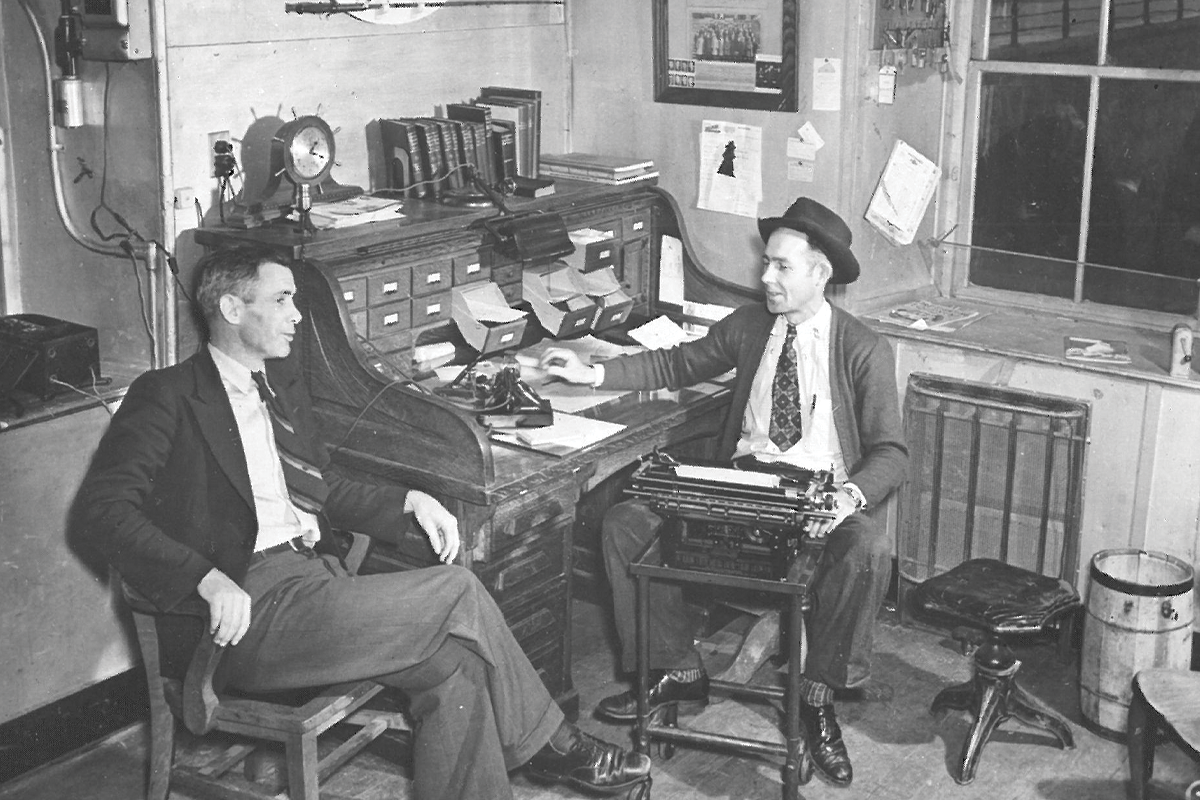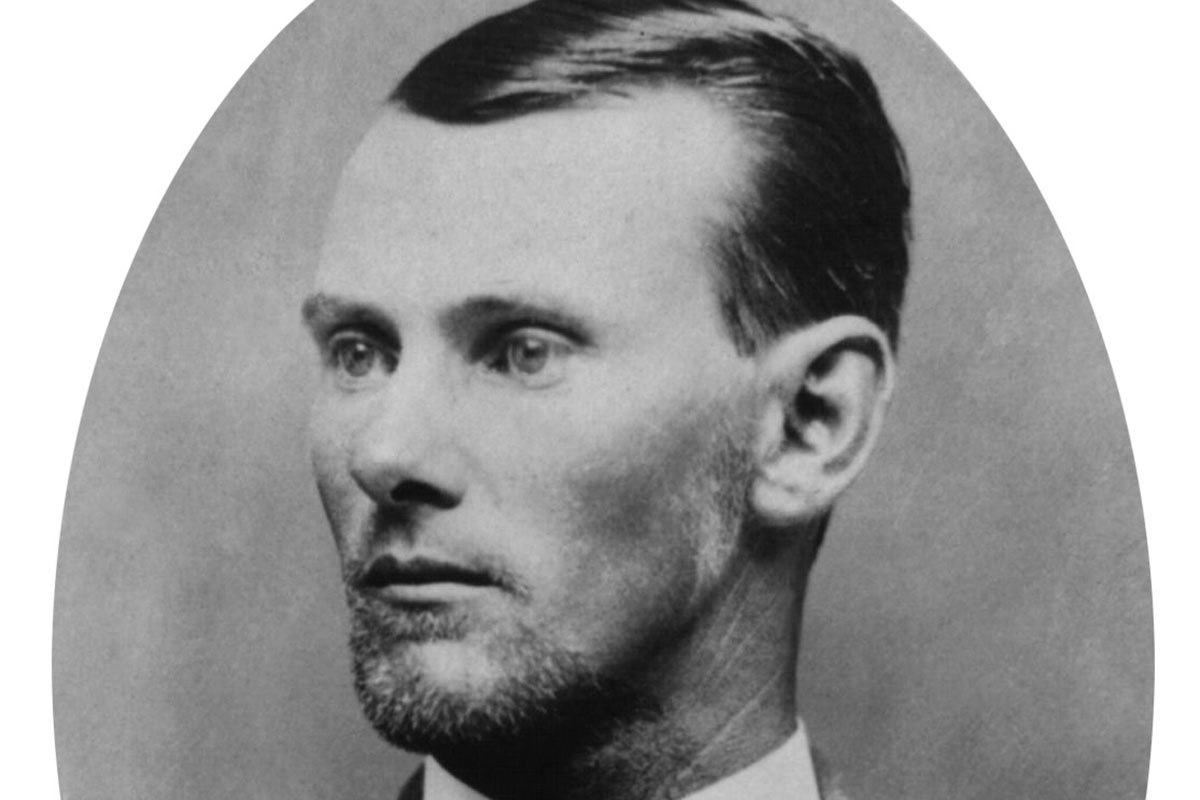
A True West Reader asks, “How did the telegraph system work in the Old West? I read things such as Wyatt Earp in Tombstone sending a telegraph to Bat Masterson in Denver. How did that happen? There must have been innumerable message flying around the system and I can easily conceive of crossed signals and lost messages. Then there were the guys on the receiving end. How did they know that that particular message was for, say, Bat in Denver? Even more, how did Bat know that he had an incoming telegram? In light of today’s instant messaging and email, how they did things in the Old West intrigues me.”
Like a post office letter, in addition to your message, you specify who the message is from, who it is intended for, and where they are located. Your telegraph station would send it to the next nearest station, who would forward the message on until it got to the destination telegraph station. A messenger would get on his bicycle and deliver the telegram. If that was not possible the destination station would hold it until the receiver picked it up.
Railroads also used the telegraph to control their trains. Lawmen used the telegraph to contact the sheriff’s office if the outlaws were headed that way. It was a major reason for the demise of gangs like the Wild Bunch.
A California to New York message wouldn’t have been directly possible until 1861 when Western Union put a transcontinental line across the U.S.
In case you’re wondering how they were able to produce electricity the late 1880s, hydroelectric plants were used, in addition to coal-powered plants, to produce electricity. When you talk about the discovery of electricity, it’s really a whole community that created that discovery. For example, in 1600, William Gilbert was the first person to coin the term electricity or electricus. Gilbert conducted an experiment similar to Thales of Miletus—he rubbed amber with fur and noticed the static electric charge on it. But unlike Thales, Gilbert noted his observations and published his results. Subsequent discoveries then built on that previous knowledge. The fundamental principles of electricity generation were discovered in the 1820s and early 1830s by British scientist Michael Faraday. Faraday’s development of the first electric dynamo for power generation allowed people to generate electricity, specifically current, in an ongoing and practical way. Electricity generation at central power stations started in 1882, when a steam engine driving a dynamo at produced a DC Current that powered public lighting on two streets in New York. This in turn allowed for the invention of Thomas Edison’s 1878 light bulb. All of these discoveries are interlinked, because each individual’s scientific contribution was more than an observation. Each scientist wrote thorough accounts of their theories and ideas, allowing a series of subsequent discoveries to occur.





